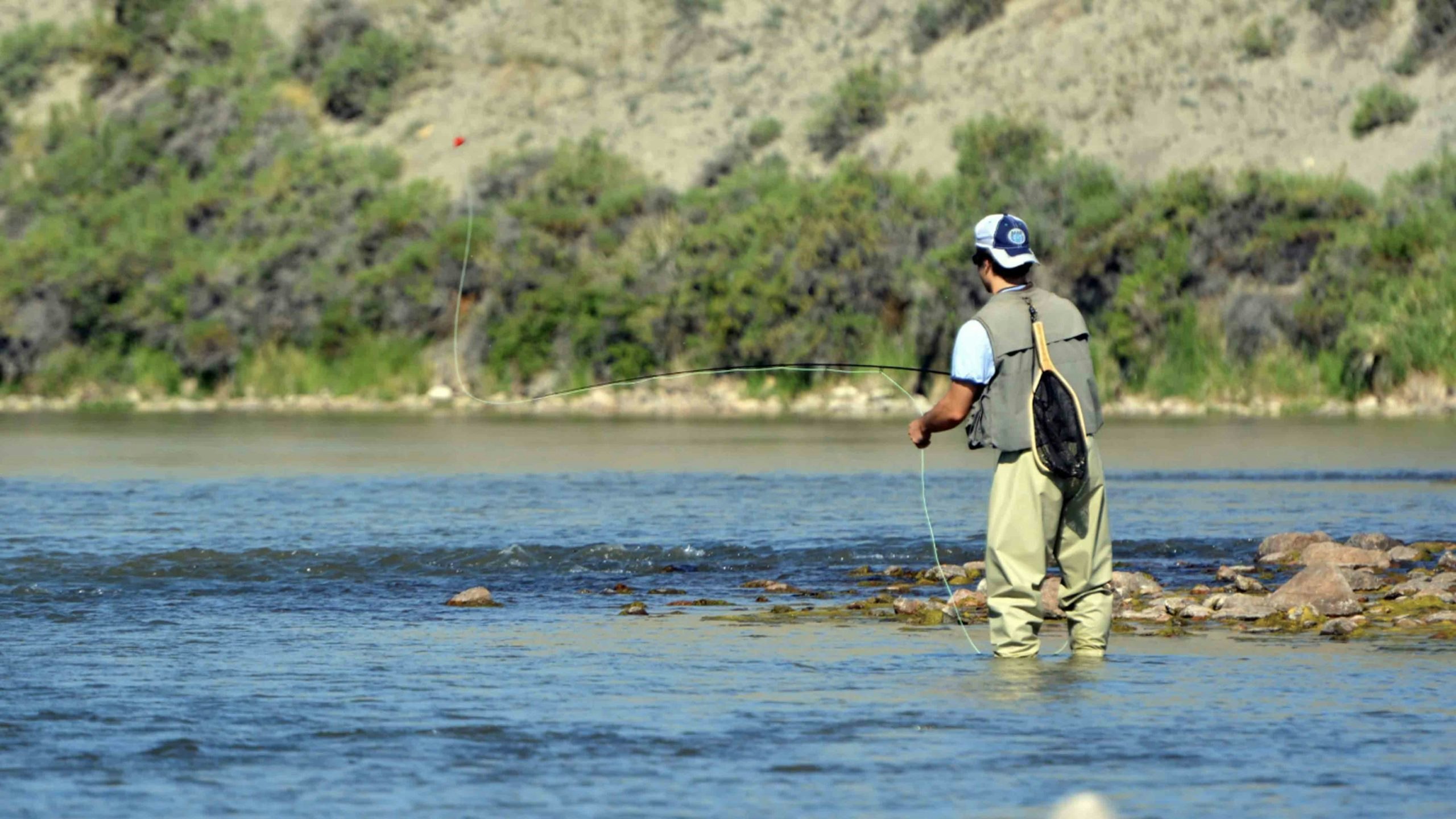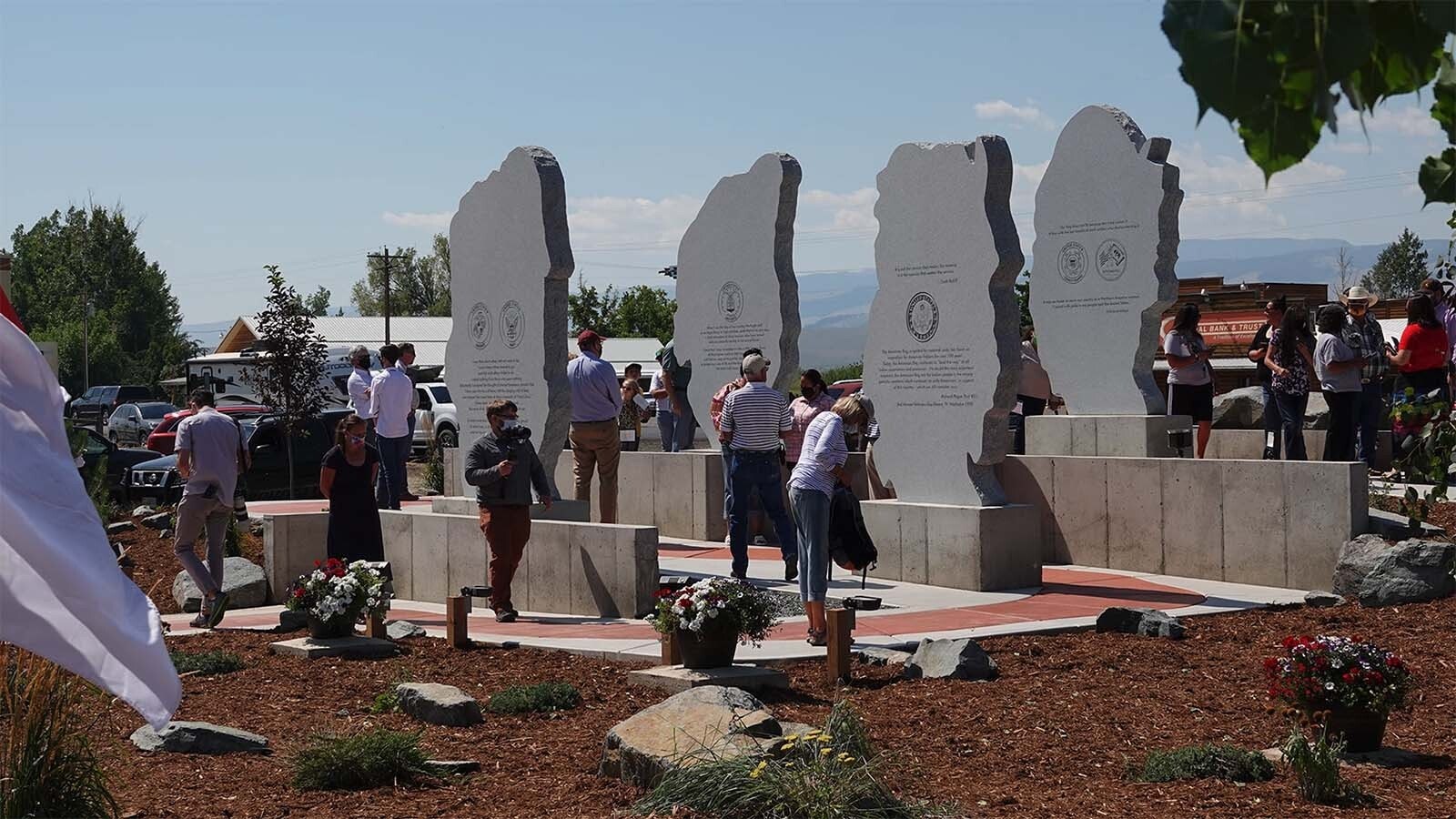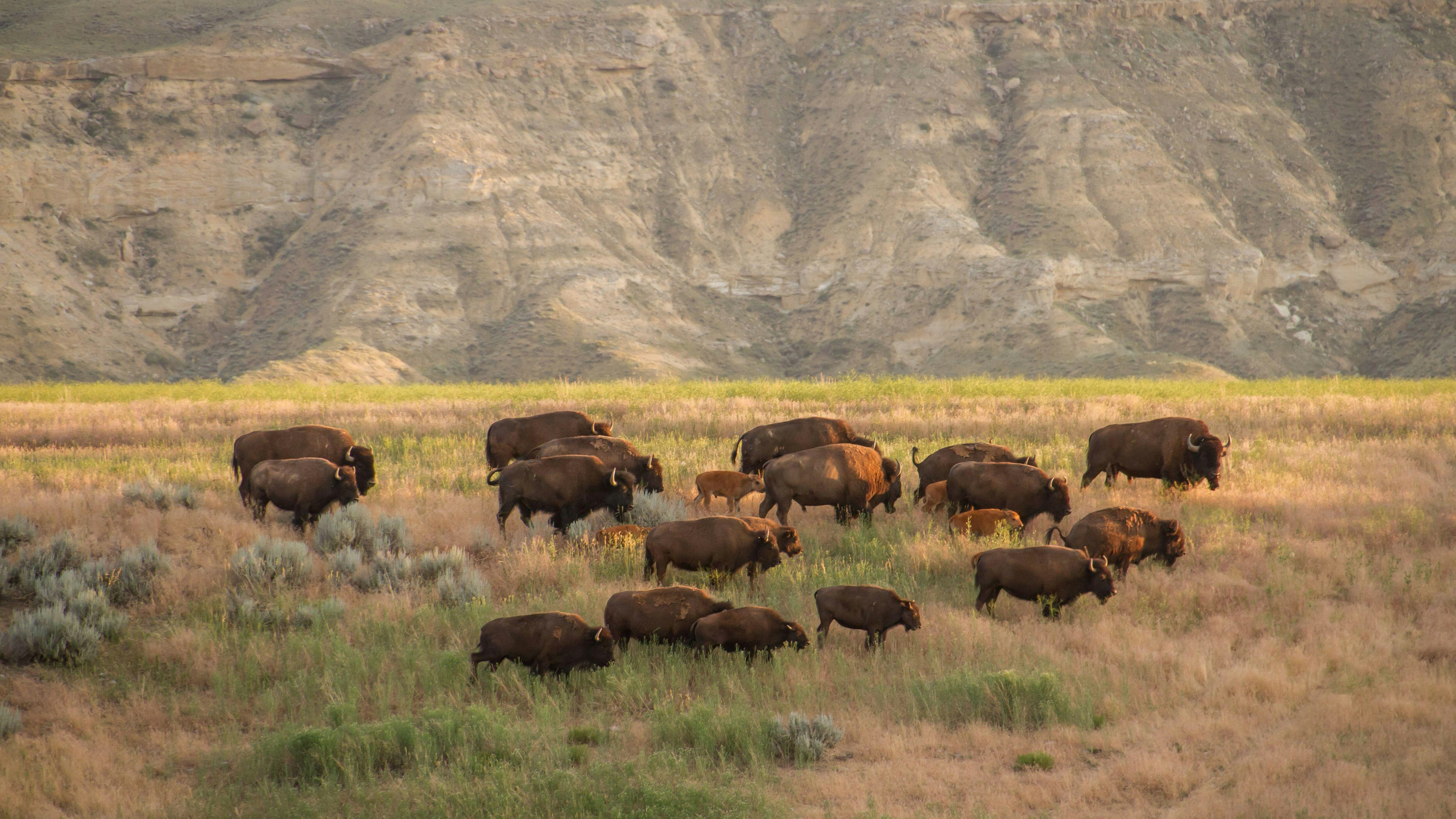A $21 million purchase of private land by the U.S. Bureau of Land Management earlier this month will cost Natrona and Carbon counties thousands of dollars per year in lost tax revenue.
Natrona County Commissioner Rob Hendry said the 35,670 acres recently acquired southwest of Casper brought Natrona $17,800 in tax revenue this year alone.
Hendry said the tax revenue from this property goes toward pre-established tax mills to support institutions such as local schools, hospital and fire districts.
“They’re going to be hurting because of this,” Hendry said.
On June 2, the BLM announced it had purchased the Marton family ranch, located east of Alcova Reservoir and bordered to the north by 8.8 miles of North Platte River frontage. More than 93% of the land is in Natrona County.
The purchase, which is the BLM’s largest in state history, will also unlock access to 40,000 acres of existing landlocked BLM and state-owned land.
Transparency
Hendry said he doesn’t disapprove of the sale on face value, but said he would have liked to seen a more transparent sale process and an exchange take place for an equal amount of public land to go into private hands. He said there are many unused 40-acre BLM tracts in the eastern part of the state that could be sold off for private grazing.
The BLM didn’t publicly announce the sale until it was finalized, a point Gov. Mark Gordon criticized in his formal appeal of the purchase made on June 16 to the U.S. Department of Interior, the agency that oversees the BLM. Members of Wyoming’s congressional delegation also criticized the decision in a letter blasting the BLM.
Both Gordon and Hendry said they take no issue with the Marton family’s decision to sell their land to the government.
“No Comment”
Tyson Finnicum, public affairs specialist for the BLM High Plains District, said a non-disclosure agreement was in place prior to the sale that he could not comment on.
“I cannot comment on the non-disclosure agreement that was in place, nor can I provide further comment on the project while the appeal process is ongoing,” he said.
The Marton family did not immediately respond to request for comment.
In recent years, nearly 70,000 acres of Marton property had been listed for sale at a price of $28 million.
“No Input”
In the governor’s appeal, Travis Jordan, Wyoming senior assistant attorney general, said the BLM failed to seek input from local officials and the public, or analyze the economic impacts of the sale, although Hendry said he and his fellow Natrona County commissioners were informed about the sale about two weeks before it became public.
“They kind of, sort of, followed protocol,” Hendry said. “I just didn’t like the way it was handled.”
Under the Federal Land Policy and Management Act of 1976, the BLM must notify a state’s governor and congressional delegation before making a land purchase with funds from the LWCF. None of these parties said they received any notification prior to the sale.
While the counties will lose property tax income from the land, the federal Payment In Lieu of Taxes program is designed to cover some of the losses by paying counties for some of the taxes they cannot collect on federal land.
Vague Promises
But Gordon, in his appeal, said the state can’t depend on any vague promises from the BLM regarding the PILT payments.
Hendry said the BLM may consider putting some of its new public land into private hands — generating some property tax income — or increasing PILT payments to Natrona County, but no promises have been made.
“I’ll believe it when I see it,” he said.
Even though counties directly receive these PILT funds, they cannot directly use the money to fund entities like schools and hospitals. Hendry said in contrast, about 76% of the annual Marton tax revenue goes directly to local schools.
Gordon also criticized a “cursory” environmental assessment made by the BLM in preparation for the sale, a study that typically takes years and involves public engagement. Information about the proposed sale was posted publicly online in February.
“This action is not about limiting access for sportspeople or challenging the rights of private property owners rights,” Gordon said in a press release about the appeal. “It is about whether the federal government can increase its land holdings without public scrutiny, or should it adhere to the same transparent process that private landowners are subject to if they sought to purchase or exchange federal land.”
Gains For Sportsmen
But the gains for outdoor enthusiasts are legitimate, Hendry said, with the purchase offering an incredible access point for antelope hunting and world class fishing.
“It’s really good frontage to the North Platte River,” he said.
The river offers blue ribbon trout fishing, unobscured views of the Snowy Range Mountains and abundant wildlife.
Finnicum said in an earlier Cowboy State Daily interview there are no plans to add or alter any infrastructure on the property at this time, but the BLM hopes to engage with the public to discuss possible future changes such as road upgrades and improved fishing access.
BLM staff were studying the purchase as early as September 2021 and received $21 million from the Land and Water Conservation Fund that year to purchase the ranch in its entirety.
The Fund was established by Congress in 1964 as a way to apply off-shore mineral royalties to conservation, but Hendry said when it was originally established it was not intended for surface land purchases.
“Most of the West supported it and were told it would not be used for purchasing property,” he said.
The Conservation Fund, a nonprofit, said it had been working with the Marton family for five years to find a conservation solution for the land and purchased the land initially before transferring it to the BLM. That detail is not explained in any BLM document or press release regarding the sale. TCF did not immediately respond to request for comment.





